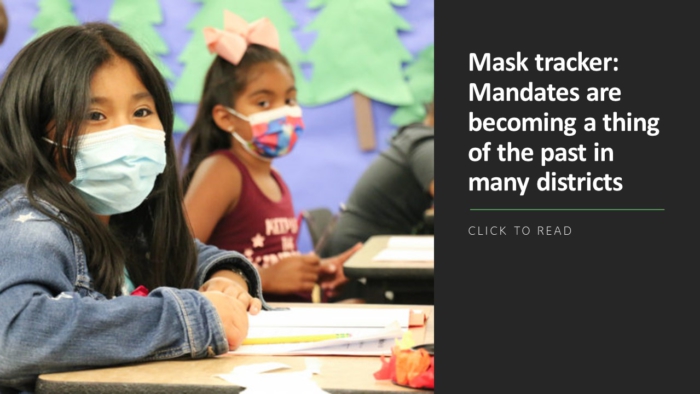
Over the last two years, the federal government passed multiple stimulus bills to help school district leaders navigate the COVID-19 crisis. A total of $263 billion was allocated to the Elementary and Secondary School Emergency Relief (ESSER) fund to help districts meet a wide-ranging set of challenges, from improving air quality to bridging the gaps of learning loss.
In December of 2021, it was reported that only $60 billion of that $263 billion has been spent. As the funds were meant for immediate implementation to improve learning environments and keep schools open, expiration dates were set for using each wave. The first tranche of funding must be allocated by local school districts before September 30, 2022.
Since the start of the pandemic, Schneider Electric has partnered with many school leaders across the country to design and install over $140 million in ESSER-funded projects that will dramatically improve mission-critical infrastructure, create healthier indoor environments and benefit hundreds of thousands of students for years to come.
How schools are investing ESSER funds in major improvements
Renovating, replacing and repairing school facilities, “especially ventilation/HVAC systems, to improve air quality and reduce spread of COVID-19” is specifically called out as an example of how school districts should use stimulus funding. If applied strategically, ESSER funds offer schools a unique opportunity to both respond to the pandemic and to tackle the backlog of deferred maintenance that is hindering the school environment in a wide variety of ways.
One such school, St. Joseph School District in Missouri, recently leveraged over $10 million in federal stimulus to make major improvements to its 20-plus facilities. The funding will be used to replace end-of-lifecycle HVAC systems in auditoriums, gyms and libraries—in some cases replacing the equipment for the first time since the schools were built and creating air flow where previously there were no external vents. The new systems will also include advanced filtration technologies to combat the spread of airborne pathogens.
An upgrade of this magnitude would have been previously unheard of for most districts, who are largely stuck in a reactive repair cycle across their facility portfolios. For example, aging HVAC systems are among the top environmental factors that affect the health of a facility and their occupants, but these are often expensive and complex systems to update. Mounting deferred maintenance backlogs have made system upgrades cost-prohibitive, despite the clear benefits to the health of a facility.
Don’t view stimulus funding as a stop gap, instead district leaders should use stimulus as a springboard to long-term financial investment that addresses multiple needs.
Now is the time to allocate remaining ESSER funding
Over the next two years, local districts must make a plan to allocate or abandon federal stimulus funding by the cut-off dates according to the government’s ESSER FAQ. Many districts have addressed their most pressing challenges of getting students back in the classroom, but there is still money on the table to address infrastructure.
ESSER Funding and Expiration Chart

Simplify your plan for investing stimulus
Energy Savings Performance Contracting (ESPC) allows school districts to take a more comprehensive approach to facility improvements and double down on stimulus-funded upgrades. With this paired approach, school districts can make improvements beyond the stimulus scope that reduce their energy and operational costs by 20-30% and reinvest those savings to significantly improve school facilities.
A comprehensive approach will make it easier to prioritize needed improvements, manage construction, and measure success. As the #1 ranked ESCO, we offer the most innovative solutions that will help you reach your biggest ambitions.
This checklist will help district leaders determine what steps to take and priorities to consider when putting much-needed stimulus funds to work. Do you have a plan to maximize the federal funding coming to your district?
Tammy Fulop is the Vice President of Sustainability Business, Public Sector at Schneider Electric. With more than 20 years in the industry, Tammy has led her team to successfully implement nearly 850 energy savings performance contracts across the U.S., saving K-12 school districts, colleges, municipalities and federal agencies more than $3 billion to reinvest in modernizing their infrastructure, upgrading technology and boosting sustainability. Under her leadership, Schneider Electric has been ranked the number 1 energy services company since 2017 and was named the most sustainable company in the world in 2021.
More from DA



